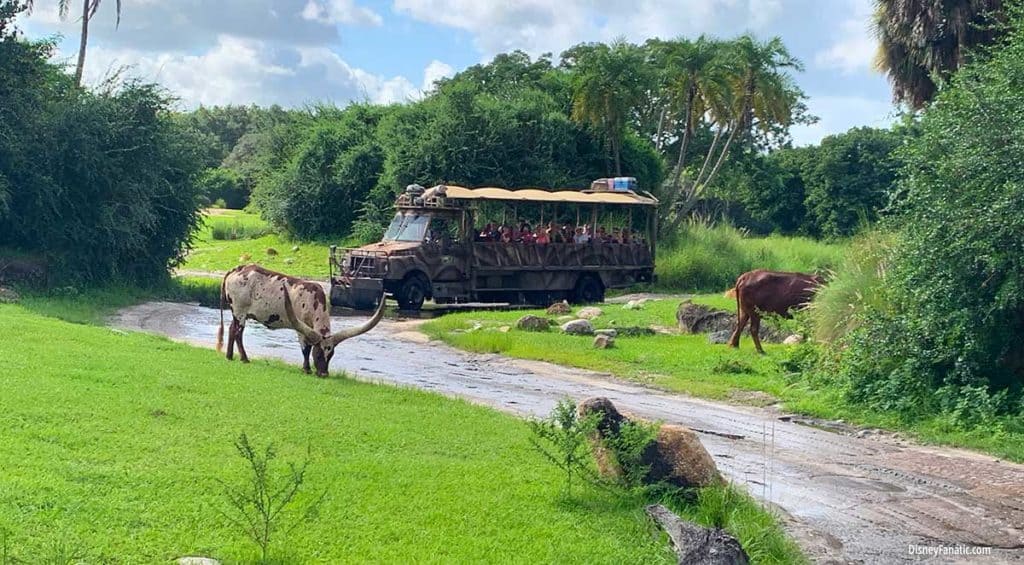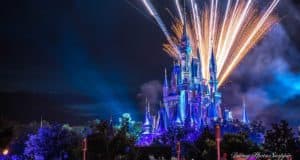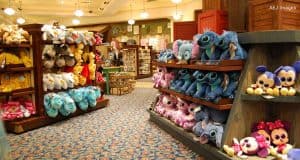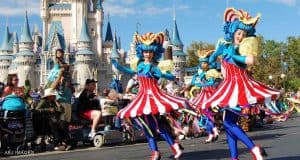
In 1998, the Disney Company unveiled its fourth theme park at the Walt Disney World resort in Florida. One of the parks premier attractions is Kilimanjaro Safaris. Kilimanjaro Safaris offers an exceptionally realistic, albeit brief, imitation of an actual African photo safari. Because you are dealing with live animals, no matter how many times you experience this attraction, each safari will be different. Here are 12 mind-blowing facts about this incredible and exciting attraction!
12. Kilimanjaro Safaris is Animal Kingdom’s number-two draw behind Expedition Everest (This was before Flights of Passage Was Added). This causes guests to be more evenly distributed throughout the park at opening.
11. Kilimanjaro Safaris covers 110 acres and a round-trip safari takes about 18 minutes. Your journey takes place on a converted GMC truck, made to look like an over-sized jeep. They run on propane gas.
10. To create the 110-acre Serengeti, Imagineers moved 1.5 million cubic yards of earth and planted some 2.3 million exotic plants. As Animal Kingdom has matured, the savannah has taken on a more naturalized look. Over 300 grasses (75 African) were seeded so that there would be ever-flowering grass.
9. Disney Imagineers revamped the Safaris’ finale to bring in a new zebra enclosure in 2012, but the zebras were only there a few months before being replaced with addax antelope. Why? Apparently zebras are fond of two things: fighting and making more zebras. Neither of those activities went over well with parents who’d brought their kids on the ride.
8. At Animal Kingdom, the show eats the landscape! Gorillas play with plants, elephants trample tender grasses, giraffes tend to strip leaves from trees. Disney has an 8-acre browse farm that helps feed the animals, with a crop of acacia, hibiscus, mulberries and shrubs to replace natural forage for giraffes, gorillas, baboons, elephants and antelope.
7. Although the animals appear to roam free, Disney has secretly put up safety barriers between the animals and guests. The elephant area is 6 acres surrounded by hidden moats. Every evening the elephants are called back to their pens with duck whistles and cow bells. Every night, repair cast members replant the environment (an adult elephant eats between 125 and 300 pounds of vegetation per day) and remove all the manure. The big cats that look so close are actually separated from you by strategic fake rocks and a plant-covered moat. Disney developed climate-controlled rocks for the big cats, who generally want to go lie in the shade where they can’t be seen by guests, so that the lions will want to sit on these rocks, in full view of guests.
6. The details of the savannah were carefully crafted to give the illusion that it had “always been there”, right down to the ruts in the road that make the jeep jolt and bump! The rutted safari road is part of the landscape design. Imagineers matched concrete with the surrounding soil, then rolled tires through it, and tossed stones, dirt and twigs into it to create an appropriately bumpy experience duplicating an African game trail. Almost all of the mud tracks you see on the Safari Tour are pressed into cement. The tires that are actually on the “jeeps” are very similar to normal touring tires.
Bonus Tip!
BONUS TIP: Consider planning and booking your next Disney trip with an Authorized Disney Vacation Planner you can trust like Mickey Travels. They’ll help you get the best Disney travel deal, share expert advice and their services are totally FREE! It’s genius! Discover More >
5. The hippos are actually the same ones you will sometimes see on the Pangani Forest Exploration Trail. The hippo barn resides in between Pangani Forest Exploration Trail and the savannah river.
4. Animals you may encounter during the tour include: Antelope, Mandrill, Black Rhino, Cheetah, Crocodile, Elephant, Flamingo, Gazelle, Giraffe, Hippopotamus, Lion, Okapis, Ostrich, Warthog, White Rhino, Wildebeest, and Zebra. Overall, there are 34 different species of birds and animals found throughout the game preserve.
3. There are 5 exits off of the safari. Drivers use one to enter and one to exit–the others are for emergencies only.
2. The Baobab trees (upside-down trees) seen on the Kilimanjaro Safaris attraction are creations of the Disney Imagineers. Real Baobabs of this size would have to be more than a thousand years old and are practically impossible to transplant. There is only one live baobab tree in Harambe. It stands outside the Tusker House restaurant and can be seen showing its very rare leaves. There are no live baobabs on the safari. Most of the safari baobabs have surveillance cameras in them.
1. Disney has trained all their animals to come on cue. That is how they get them off the savannah at night and off stage for their checkups in the early afternoon.
BONUS TIP: Consider planning and booking your next Disney trip with an Authorized Disney Vacation Planner you can trust like Mickey Travels. They’ll help you get the best price for your vacation, share expert advice and their services are totally FREE! It’s genius!
You May Also Like:






